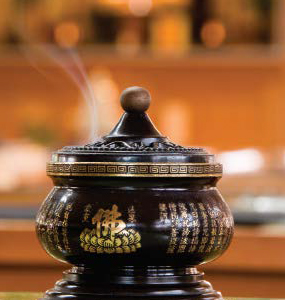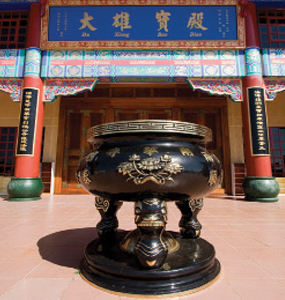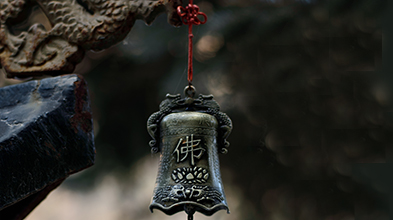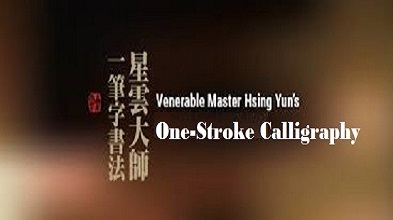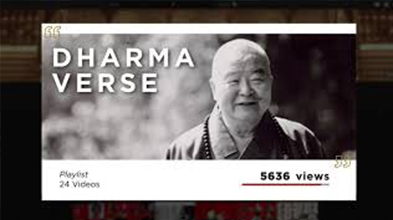My life has been blessed with good fortune. People have always praised me, especially during Dharma services. The words “noble” and “graceful” have been used to describe me in songs.
Don’t underestimate me.
I might be just an ordinary object, but I have an extraordinarily great responsibility.
Censers are commonly placed on the altar table, and are for burning incense as an offering to the Bud-dha. When a censer is joined with vases for flowers and with candleholders they form a set called “the three es-sentials.” When a stick of incense is offered in a censer it forms a connection between the human mind and the Buddha’s mind. The main purpose of an incense burner is to provide a container for offering burnt in-cense, but they can also serve to enhance the dignity of a room or hall. The continuous burning of incense re-flects the bodhisattva’s continuity of mindfulness and spirit of diligent effort.
Censers may be made from metals such as gold, silver, copper, nickel, and bronze, as well as clay, ce-ramic, ivory, and sandalwood. There are three main types of censers: tabletop, portable, and standing. Ta-bletop censers may be bowl-shaped for holding spiral incense, or may be built to hold a single stick verti-cally or horizontally. Portable or “handheld” censers are small censers with handles that are usually used during welcoming ceremonies. Standing censers have three legs and sit on the ground, and may or may not have handles. The type of incense and the method of offering it varies depending on the type of censer being used.
Everyone knows who I am. When my name comes up, there isn't a person who hasn't heard of me before. I'm such a popular Dharma object that I'm not just confined to monasteries or temples. I’m also a household item. Even children know me. People often display me in conspicuous places in their living rooms. I’m crafted from porcelain, ceramic, copper, or tin, and my body is decorated with many different kinds of patterns, some-times even with the names of temples.
When my name is mentioned, people associate me with the burning of incense. I’m the one used for offering incense to the Buddha, and I couldn’t be left out of the offering services for hon-oring ancestors. During memorial services, when it comes time for the incense offering, there will be absolute silence and everyone will be quiet and solemn. No one will say a word until all of the incense has been placed in my burner.
My life has been blessed with good fortune. People have al-ways praised me, especially during Dharma services. The words “noble” and “graceful” have been used to describe me in songs. Here are a couple of lines from the offering verse, In Praise of In-cense: “Incense now is burning in the censer / Fragrance perme-ates the dharma realm.” When you see the flower-shaped cloud of incense rising from me, it makes you feel just like you’re being transported to the heaven realm. What could be as sublimely beautiful as this?
During Dharma services, the presiding monastic walks to the front of the altar, kneels down in front of me, faces the statue of the Buddha, and offers three sticks of incense. He’s actually using me to show his sincerity. I’m honored to be a bridge between the human world and the Buddha. Don’t underestimate me. I might be just an ordinary object, but I have an extraordinarily great respon-sibility. For centuries in China incense, flowers, lamps, perfume, fruit, tea, food, treasure, beads, and cloth have been the traditional ten offerings made to the Buddha. Since incense is always the first one named, naturally I’m first-string among the offerings. Some people buy very expensive incense to burn in me. There are many types of incense and a wide variety of fragrances. Sandalwood is my brand.
The fragrance of incense is unique from all other aromas. A lot of people, whether they are Buddhists or not, have an incense burner and some first-rate incense. Can you believe it? Some peo-ple don’t burn incense to the Buddha! They just indulge in it for their own pleasure! When I see this, it’s like these people are just taking advantage of the fragrance we censers provide.
A long time ago in China, scholars who had failed their im-perial, civil service examinations passed the time by writing sto-ries that began with a seven-character poem. The first line of the poem would always have a reference to me. Here’s an example of one: “Incense burns in the purple and gold censor / I come from Luoyang.” Seems like those schoolboys back then couldn’t write anything without starting out mentioning me. In those days, my reputation and influence were fabled across the land.
When I’m warming the bench, I like to people watch. I keep my eyes on the gestures and expressions of the devotees, and I’ve made some observations. The ones who have been Buddhists for years know to use their left hand when they put their incense sticks in my burner. I can see that the people who use their right hand don’t understand Buddhist rituals very much. It’s taught that the devotee’s right hand is, in many cases, the hand that creates a per-son’s karma, while the left hand doesn’t. This is why people use their left hand to offer incense.
Buddhists show their respect to Buddhas and bodhisattvas by offering incense in hopes of reducing their suffering and attaining enlightenment. But I don’t think some people really understand the reason for offering incense, because all they do is petition for health and wealth. They even make requests for favors, such as having sons or good marriages. There’s a little folk tune about this practice. I’ll sing it for you.
Shrine of the city god!
Grand is your hall!
So many come to light incense for you.
Some place the sticks, for wealth do they pray.
Why does the maiden light incense today?
Shrine of the city god!
Grand is your hall!
So many come to light incense for you!
Married maid asks good luck for her son.
Young maiden burns to find the right one.
The practice of offering incense has a long history in Bud-dhism. Not only have people never wanted to get rid of me, like what has happened to some of my Dharma instrument friends, but many educated people have been my advocate. Dr. Hu Shezi, a well-known scholar and writer, urged the abolition of burning paper money during funerals. In his article, “Funeral Revolution,” he proposed that people should pay their respects to the deceased by using incense. People liked Dr. Hu’s idea, and since the offering of incense was accepted by people, I didn’t have to worry about my future. Thank you, Buddha!
In the past, at funeral services and other Dharma ceremonies, the presiding monastic would ask the sponsor of the ceremony to kneel down behind him and raise a small censer. I think this was done because, at that time, most people who sponsored the Dharma ceremonies didn’t know how to chant sutras themselves and would become uncomfortable from kneeling for long periods. By having the sponsors participate in the ceremony, the monastics showed generosity and sympathy toward them.
I’ve witnessed some strange things, which I can only laugh about. On one occasion, two men were having a terrible quarrel. No one could get them to make up. Finally, each man bought a bundle of incense sticks. They each placed their sticks in me, knelt down, and made their vows. The one said, “With Buddha as my witness, if I, Zhang San have stolen Lee Si’s money, may I take sick and die suddenly.” The other one said, “If I, Lee Si, have falsely accused Zhang San, may I not have a natural, peaceful death.” Their actions puzzled me, for only they knew who was right and who was wrong. Buddha and I were not the ones to judge them.
Sick people will come to burn incense, too. There was a time when they would wrap the ashes in paper and take them home to use as medicine that they believed would cure their ills. Other fool-ish people copied this example and started wrapping ashes in little yellow pieces of paper. They brought them to the Great Hall by the thousands! They would offer them, chanting “om mani padme hum,”4 believing that the use of the mantra and the ashes would be a powerful medicine to cure all diseases. To think that a hallowed temple had been used as an herbal medicine shop!
This was a time when the Dharma was weak. Few people came to offer incense in the temple where I lived. Unfortunately, many pilgrims went instead to shrines of the city god and shrines of the sea goddess. I didn’t care if people admired me or not, but I did want people to know the teachings of the Buddha. I wanted them to avoid those foolish practices that were harmful. If the harm of such superstitious practices was not ended, how would the Dhar-ma ever prosper? I prayed that the wise and compassionate follow-ers of the Buddha would become aware of this dangerous situation and do something about it.
I see that most people these days come to offer incense to the Buddha to pray, make vows, and repent. I get all choked up when I see the sincerity and determination of their hearts. I remember one time when a young Buddhist came and placed three sticks of incense in my burner early one morning. He knelt before me, faced the Buddha, and made ten vows. Who except for me would ever know his deep feelings of grief at that time? After making his vows, tears ran down his cheeks. I prayed for him asking that he would be able to fulfill his vows. These are the vows he made:
One
May all sentient beings in the universe
Two
May virtuous monks live long lives and the Dharma continue in the Saha world!
Three
May every civil and military official
in the land support Buddhism!
Four
May the Seven Classes of Disciples
of the Triple Gem be united for the sake
of the Dharma and all sentient beings!
Five
May all parents, enemies, and relatives
from all lives be liberated to
the Pure Land instantly
by the Buddha’s radiance!
Six
May the conservative elders be able to
keep pace with the times and
create more Dharma activities!
Seven
May all the misguided laymen and
laywomen soon repent and
not fall into the hell realm!
Eight
May ambitious young Buddhists and
the eminent monastics who teach the
Dharma let go of the conflicts between
them and modernize Buddhism!
Nine
May all outside religions abandon
the darkness and move towards the light!
Ten
May the monks who put on western-style
clothing and the nuns who don’t shave
their heads still be sangha gems and
not bad examples for Buddhism!
By the time this young man had finished his ten vows, tears
were streaming down his cheeks. I also said a prayer, wishing that
all his vows would come true.
Get this book at Buddha's Light Publications.
What's New?
DECEMBER

Humble Table, Wise Fare
INSPIRATION
Recorded by Leann Moore
Being humble before people,
the road is open wherever you go;
being arrogant before people,
it is difficult to move even one step.
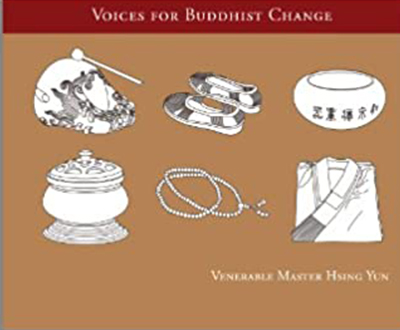
Dharma Instruments
Venerable Master Hsing Yun grants voices to the objects of daily monastic life to tell their stories in this collection of first-person narratives.
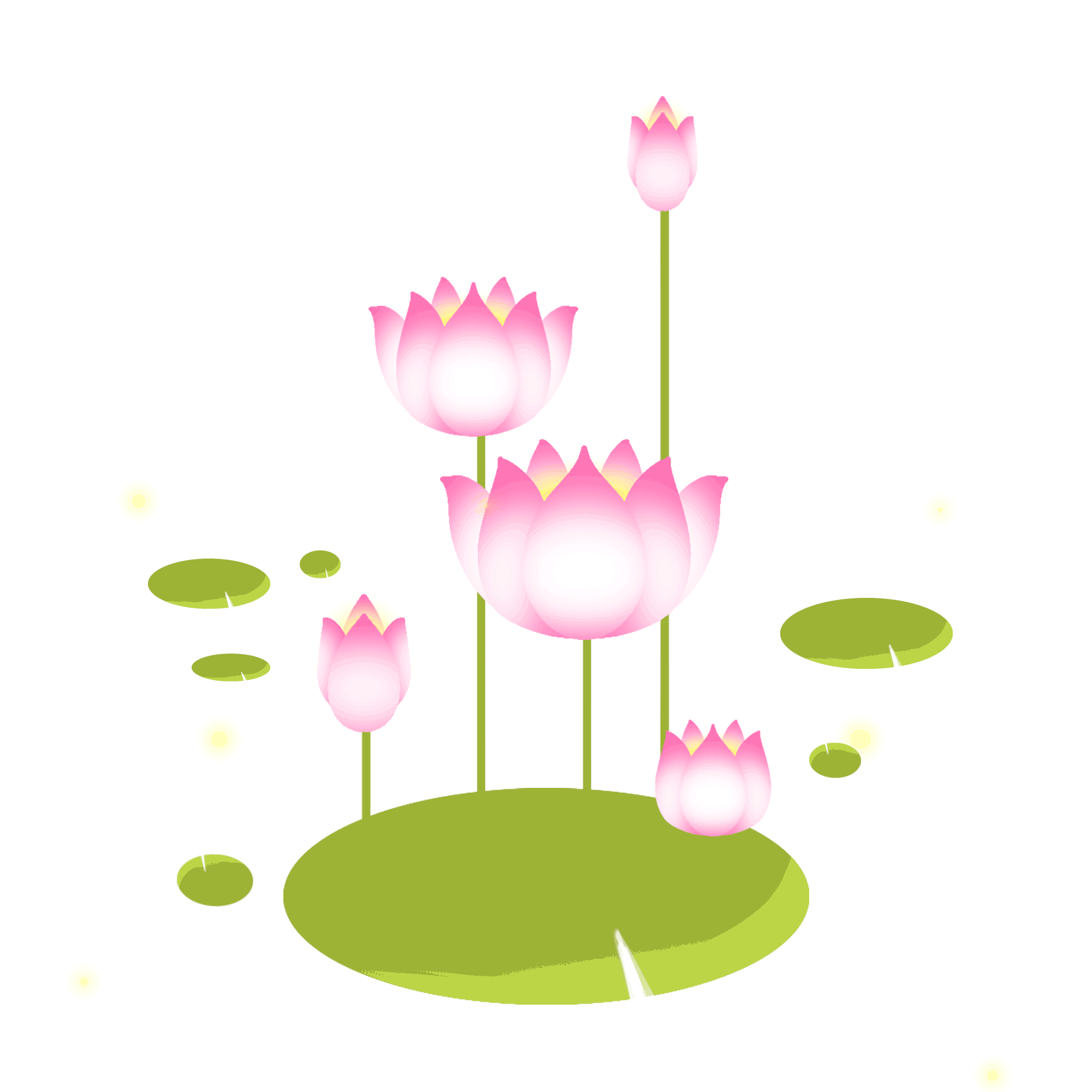
Sutras Chanting
The Medicine Buddha SutraMedicine Buddha, the Buddha of healing in Chinese Buddhism, is believed to cure all suffering (both physical and mental) of sentient beings. The Medicine Buddha Sutra is commonly chanted and recited in Buddhist monasteries, and the Medicine Buddha’s twelve great vows are widely praised.

Newsletter
What is happening at Hsingyun.org this month? Send us your email, and we will make sure you never miss a thing!
